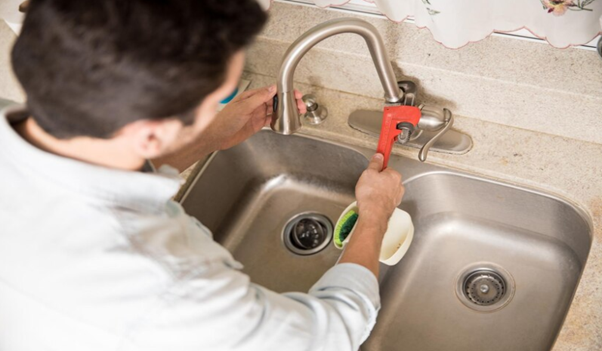When it comes to diagnosing the signs of faulty plumbing, be sure that it can be a challenging process, even for homeowners with prior experience and knowledge of plumbing systems.
Nevertheless, knowing them can aid in early detection and subsequent action in case of problems that arise. In this informative blog post, you will learn what you need to do to diagnose plumbing problems effectively.
1. Keep an Eye On the Water Flow and Drainage
Water flow and drainage functions are among the most apparent indications that there is a plumbing issue in your home. If you still find the water slowly running down the sink or showers, then it is a sign of a blocked drain.
Be sure that a clogged drain is a condition that arises when debris, hair, grease, or any other materials block the water flow within a pipe. In some cases, simple blockages can be unwound using a plunger or a drain cleaner. However, blockage concerns often come again and again. Hence, professional clogged drain cleaning services may be necessary to resolve the problem.
2. Evaluate the Efficiency of the Water Heater
Home water heater problems can present themselves in various forms, which means it will disrupt your normal activities. If the water temperature is not consistent, the amount of hot water you have isn’t enough, noises are coming from the tank, or if you see signs that the water heater has leakages around the unit, then your unit requires home water heater repair.
An accumulation of sediments, a breakdown of the heating elements, or the thermostat can affect the functionality of a water heater. A professional plumber’s inspection and fixing can determine the specific issue affecting your water heater and fix it for it to work again.
3. Search for Any Noticeable Leaks
Any water stain on your ceiling or wall or any signs of leakage around sinks or near your toilets must be repaired without any delay. Leaks can contribute to loose fittings, rusting of pipelines, or even ruptured seals.
Leaky roofs, no matter how small, can cause a lot of water wastage and even cause damage to one’s building if they are left unattended. New leakages can be detected during routine inspections of the surrounding areas of plumbing fixtures for dampness or discoloration.
When dealing with such damages, the best solution entails hiring a professional plumber to make the relevant fixes promptly, preventing further wastage of water.
4. Look for Slow Toilet Tank Refilling
A toilet that takes a very long time to refill its tank after flushing may be telling you that there is a problem with the fill valve, the flush valve, or the water supply line.
A faulty fill valve wastes water and can also cause residents to pay their water bills unnecessarily. Looking at the interior of the tank and replacing corroded parts can help to correct the flushing process and minimize wastage.
5. Check the Age & Condition of Plumbing Fixtures
Plumbing fixtures can also set a tone for plumbing problems, and this depends on the age and condition of the fixtures. Older fixtures may have already developed some leakage, corrosion, or low efficiency in delivering the required water quantity.
That’s why it is essential to check the state and condition of the faucets, showerheads, and elements of the toilets in order to be aware of which parts wear out and which should be changed or repaired soon.

















